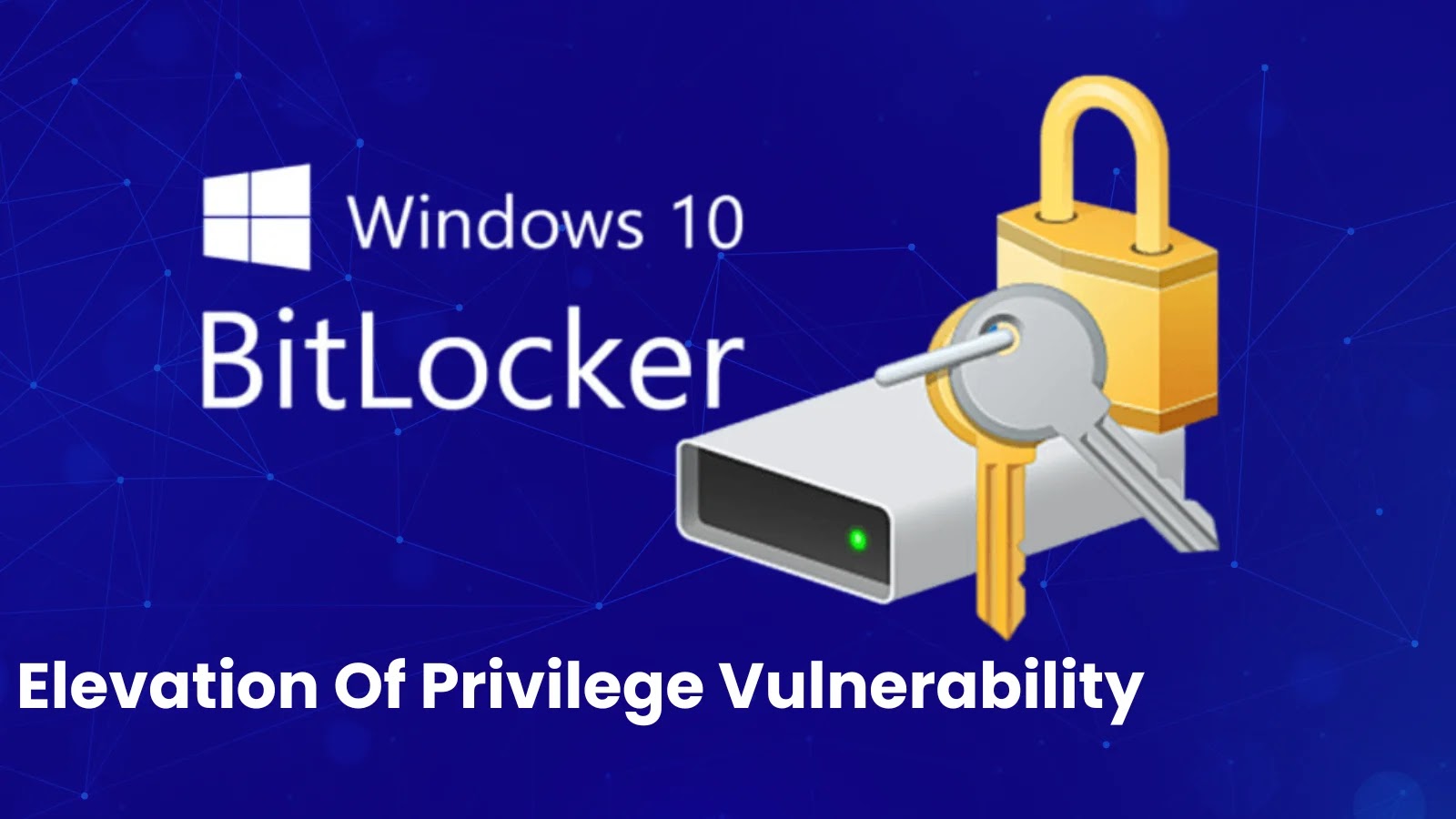
Windows BitLocker Vulnerability Let Attackers Elevate Privileges
Windows BitLocker Vulnerability Let Attackers Elevate Privileges
In the evolving landscape of digital threats, keeping critical data secure is paramount. Microsoft’s BitLocker, a full-disk encryption feature integral to Windows, is widely relied upon for this very purpose. However, recent disclosures from Microsoft have brought to light two significant elevation of privilege vulnerabilities affecting BitLocker, presenting a critical security concern for IT professionals and system administrators.
These vulnerabilities, cataloged as CVE-2025-54911 and CVE-2025-54912, were publicly addressed by Microsoft on September 9, 2025. Both carry an “Important” severity rating, indicating their potential impact. The core danger of these flaws lies in their ability to allow an authorized attacker to bypass existing security layers and achieve full SYSTEM privileges on a compromised machine. Such an exploit could grant an attacker complete control, undermining the very foundation of data protection that BitLocker is designed to provide.
Understanding the BitLocker Elevation of Privilege Flaws
The details surrounding CVE-2025-54911 and CVE-2025-54912 highlight a concerning pathway for privilege escalation within environments utilizing BitLocker. While the precise technical specifics of the vulnerabilities have not been fully disclosed in the initial public advisories, the designation of “Elevation of Privilege” (EoP) typically implies a flaw in how a system handles permissions, user authentication, or process isolation.
- CVE-2025-54911: CVE-2025-54911 – This vulnerability, alongside its counterpart, could enable an attacker who already has basic user access to a system to escalate their privileges to the highest level (SYSTEM). This level of access grants complete control over the operating system, allowing for the installation of malware, modification of system settings, or exfiltration of sensitive data.
- CVE-2025-54912: CVE-2025-54912 – Similar to CVE-2025-54911, this flaw also paves the way for unauthorized privilege escalation. The “authorized attacker” caveat suggests that the exploit might leverage a specific interaction or configuration that a legitimate, albeit malicious, user could manipulate. This distinction is crucial; it means an external, unauthenticated attacker would likely need a separate initial access vector before exploiting these BitLocker vulnerabilities.
The “Important” severity rating underscores the potential for significant damage if these vulnerabilities are exploited. Organizations relying on BitLocker for data security must prioritize patching to mitigate this risk.
Impact of Privilege Escalation on Secured Systems
The ability for an attacker to gain SYSTEM privileges on a machine that supposedly has full-disk encryption enabled presents a serious breach of security. While BitLocker encrypts data at rest, an attacker with SYSTEM privileges can effectively bypass this protection once the system is live and decrypted. The implications include:
- Data Exfiltration: With SYSTEM access, an attacker can access, copy, and exfiltrate any data on the compromised machine, regardless of BitLocker encryption.
- Malware Deployment: Full SYSTEM control allows for the installation of persistent malware, rootkits, or backdoors, maintaining access even after system reboots.
- System Tampering: Attackers can modify system configurations, disable security software, create new user accounts, or completely lock out legitimate administrators.
- Lateral Movement: A compromised machine with SYSTEM privileges can serve as a beachhead for further attacks within a network, enabling lateral movement to other systems and critical infrastructure.
These vulnerabilities highlight that even robust encryption solutions require ongoing vigilance and patching to remain effective against sophisticated threats.
Remediation Actions for System Administrators
Immediate action is required to address these BitLocker vulnerabilities. System administrators and IT security teams should prioritize the following remediation steps:
- Apply Microsoft Security Updates: The most critical step is to apply the security updates released by Microsoft on September 9, 2025, or any subsequent patches that address CVE-2025-54911 and CVE-2025-54912. Ensure your Windows Update services are active and properly configured to receive these critical patches.
- Patch Management Best Practices: Implement robust patch management policies to ensure all systems are regularly updated. Automate patching processes where feasible, but always test updates in a controlled environment before wide deployment.
- Regular Security Audits: Conduct frequent security audits and penetration tests to identify potential vulnerabilities and misconfigurations that could be exploited.
- Principle of Least Privilege: Reinforce the principle of least privilege across your organization. Ensure users and applications only have the minimum necessary permissions to perform their functions. This limits the blast radius if an account is compromised.
- Monitor for Suspicious Activity: Enhance monitoring for suspicious activities, especially those related to privilege escalation attempts, unusual process execution, or unauthorized changes to system configurations. Utilize Endpoint Detection and Response (EDR) solutions for advanced threat detection.
Tools for Detection and Mitigation
Leveraging appropriate tools can significantly aid in detecting and mitigating the risks associated with these BitLocker vulnerabilities.
| Tool Name | Purpose | Link |
|---|---|---|
| Microsoft Defender for Endpoint | Advanced EDR capabilities for detecting anomalous behavior, including privilege escalation attempts and post-exploitation activities. | Microsoft Defender for Endpoint |
| Qualys Vulnerability Management | Automated vulnerability scanning and patch management to identify unpatched systems vulnerable to BitLocker flaws. | Qualys Vulnerability Management |
| Tenable Nessus | Comprehensive vulnerability scanner capable of identifying missing security updates and misconfigurations on Windows systems. | Tenable Nessus |
| Sysmon (System Monitor) | Windows system service and device driver that logs detailed activity, aiding in the detection of suspicious process creation and security events related to privilege escalation. | Sysmon |
Conclusion
The disclosure of CVE-2025-54911 and CVE-2025-54912 serves as a stark reminder that even foundational security features like full-disk encryption require continuous attention and patching. These BitLocker vulnerabilities underscore the importance of layered security, where no single control is considered an infallible defense. By promptly applying Microsoft’s security updates, adhering to robust patch management practices, and employing proactive monitoring, organizations can significantly reduce their exposure to these critical elevation of privilege flaws and bolster their overall cybersecurity posture.





